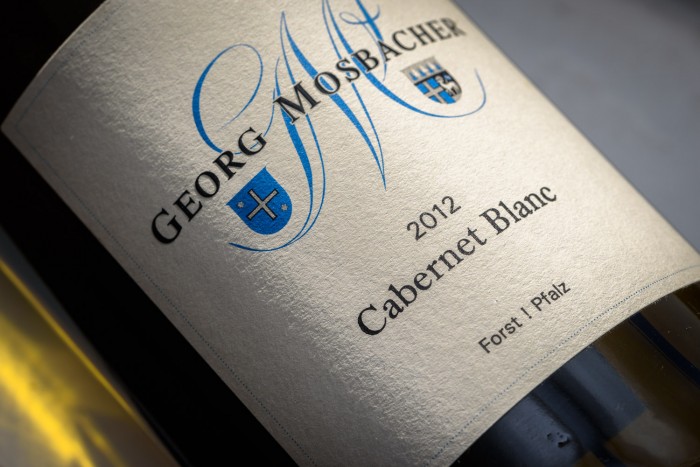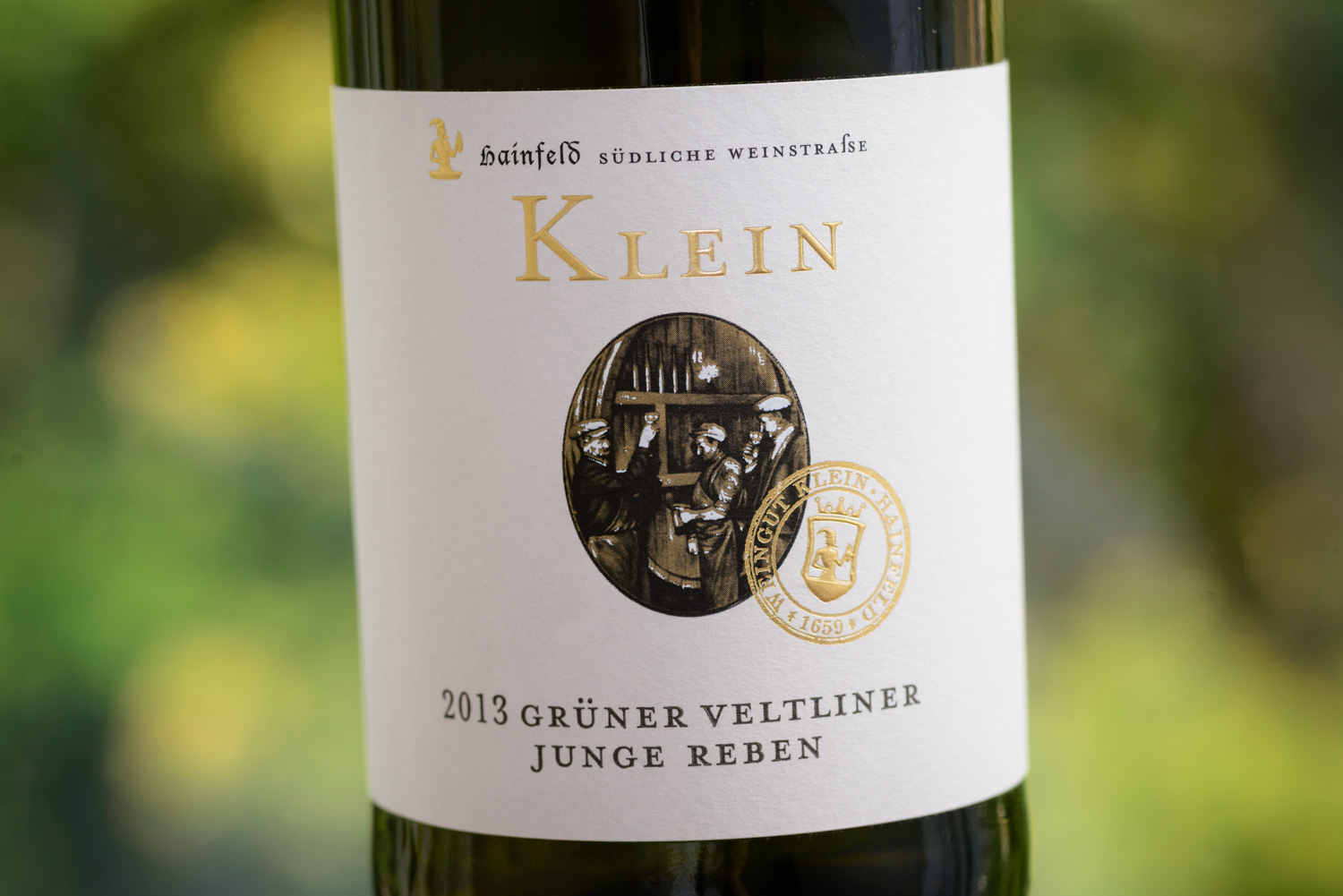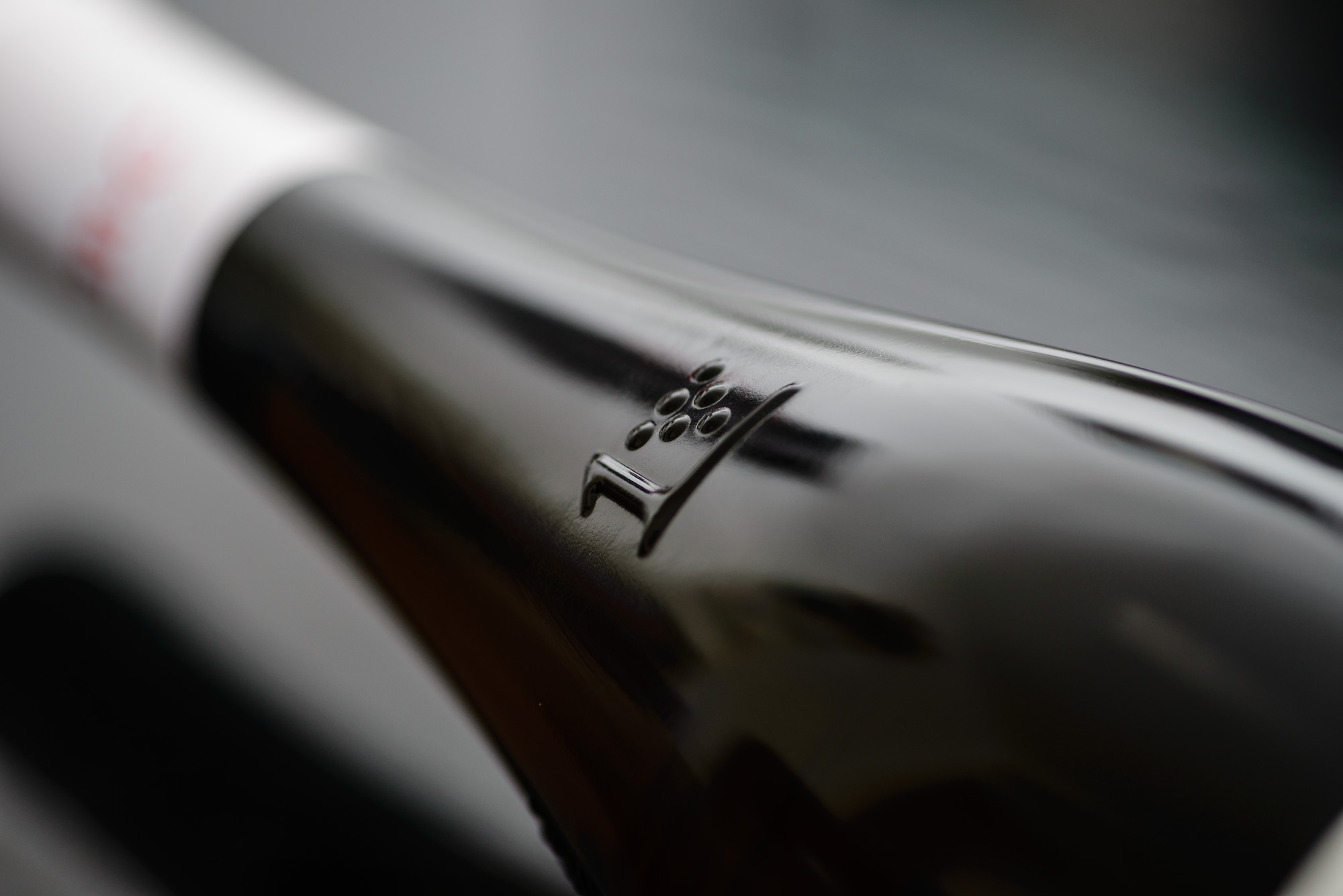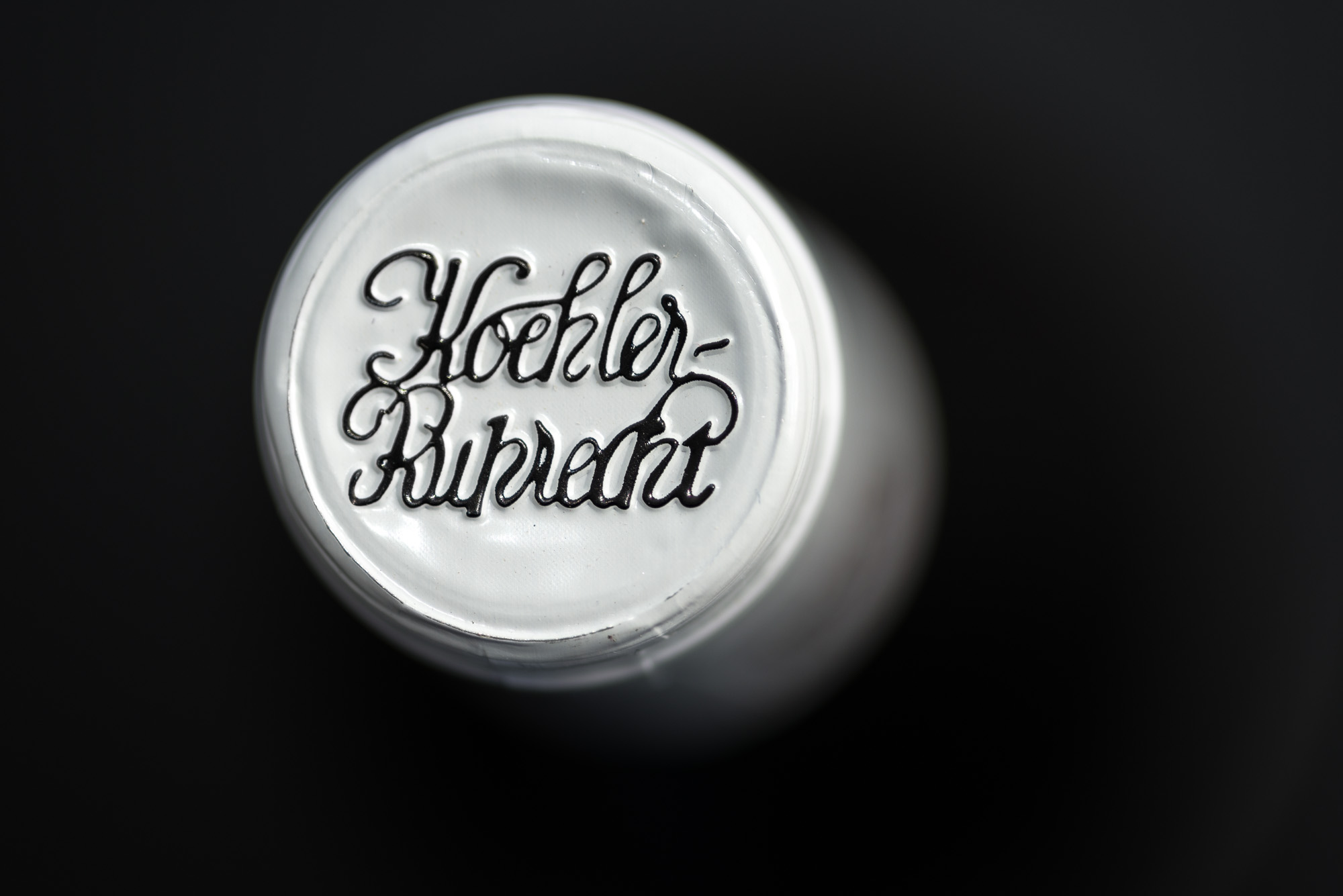A (belated) encounter with Cabernet Blanc - a unique wine from the Pfalz
The other night I was having some Cabernet Blanc with my homies and - Cabernet What, I hear you say? You heard correctly, the wine is called Cabernet Blanc, a grape variety that is grown by just a few vintners in central and western Europe. The specimen whose label you see below comes from the Pfalz, one of my favourite German wine regions.
It was produced by the Mosbacher family who have been making wine in the village of Forst for a hundred years now. Currently, they grow vines on some 20 hectares of land, with roughly 90% of the production dedicated to white wine, mostly Riesling. Cabernet Blanc makes up only about 1% of their overall production.


 When I unscrewed Gerhard Klein's Grüner Veltliner I hoped it would be one of those quiet, enjoyable companions. And it was. With a little twist...
When I unscrewed Gerhard Klein's Grüner Veltliner I hoped it would be one of those quiet, enjoyable companions. And it was. With a little twist... 





 Whether this is an impossible mission only you will know, but like Jim Phelps I am not one to turn down a mission when it comes to find me
Whether this is an impossible mission only you will know, but like Jim Phelps I am not one to turn down a mission when it comes to find me